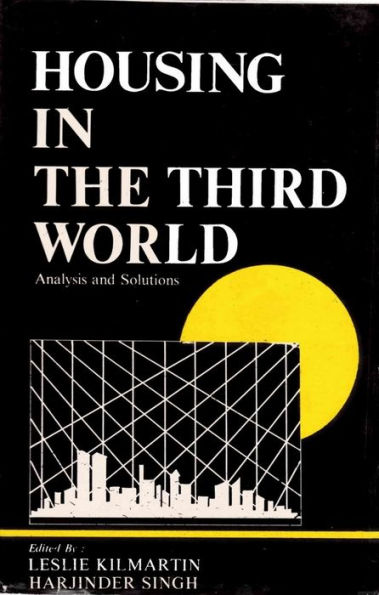Housing in the Third World: Analyses and Solutions
This book is the outcome of the study conducted in the anthropological holistic tradition in the Pune region of Maharashtra. An attempt was made to identify the informational needs of the tribal and rural audiences and examine to what extent television met and had the potential to meet the communication needs of the people. The role performance of television in relation to other available channels was. analysed mostly in qualitative terms to understand the critical parameters of response to television output designed for the enrichment of quality of life. The harsh realities of life being what they are for majority of the rural inhabitants, it is essential for television to respond more vigorously to meet the informational needs centred round their livelihood. In this context, three aspects of the rural service need serious attention: (1) correction of the imbalances in the programme input; (2) reorganisation of the delivery system; and (3) evolving a system of accountability to the users with an effective feedback mechanism. Television has the potential to diffuse developmental information and supplement the extension effort. This potential, however, remains largely underutilised.
"1142702298"
Housing in the Third World: Analyses and Solutions
This book is the outcome of the study conducted in the anthropological holistic tradition in the Pune region of Maharashtra. An attempt was made to identify the informational needs of the tribal and rural audiences and examine to what extent television met and had the potential to meet the communication needs of the people. The role performance of television in relation to other available channels was. analysed mostly in qualitative terms to understand the critical parameters of response to television output designed for the enrichment of quality of life. The harsh realities of life being what they are for majority of the rural inhabitants, it is essential for television to respond more vigorously to meet the informational needs centred round their livelihood. In this context, three aspects of the rural service need serious attention: (1) correction of the imbalances in the programme input; (2) reorganisation of the delivery system; and (3) evolving a system of accountability to the users with an effective feedback mechanism. Television has the potential to diffuse developmental information and supplement the extension effort. This potential, however, remains largely underutilised.
23.49
In Stock
5
1

Housing in the Third World: Analyses and Solutions
259
Housing in the Third World: Analyses and Solutions
259
23.49
In Stock

Product Details
| ISBN-13: | 9789390623877 |
|---|---|
| Publisher: | Concept Publishing Company Pvt. Ltd. |
| Publication date: | 06/30/1992 |
| Sold by: | Barnes & Noble |
| Format: | eBook |
| Pages: | 259 |
| File size: | 2 MB |
About the Author
From the B&N Reads Blog
